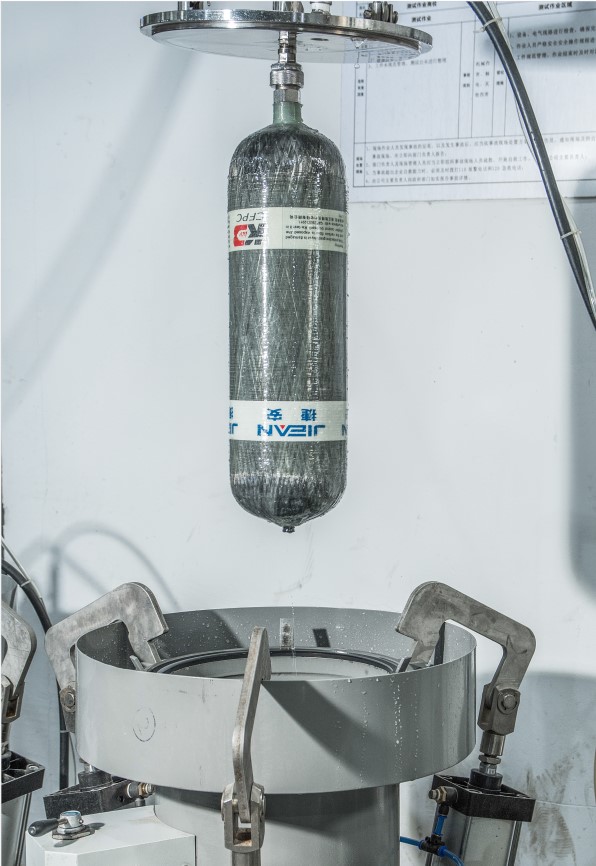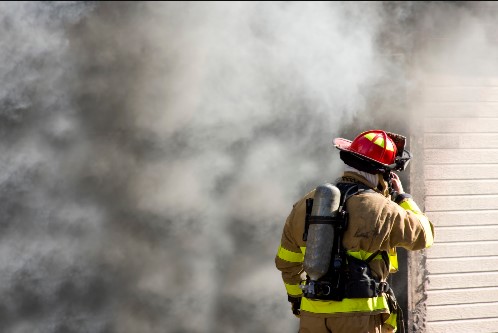Carbon fiber air cylinders are revolutionizing the way we utilize compressed air. Their lighter weight and impressive strength make them ideal for various applications, from scuba diving to powering pneumatic tools. However, ensuring the safe and efficient operation of these cylinders requires proper maintenance and inspection. This article delves into the essential practices for keeping your carbon fiber air cylinder in top condition.
Understanding Your Cylinder:
Before diving into maintenance, familiarizing yourself with your specific carbon fiber air cylinder is crucial. Manufacturer manuals often provide detailed instructions on care and inspection. Here are some key aspects to understand:
-Service Pressure: This is the maximum pressure the cylinder is designed to hold. Never exceed this limit!
-Hydrostatic Test Date and Interval: Cylinders undergo periodic pressure testing to ensure structural integrity. Note the date of the last test and the recommended interval for retesting.
-Visual Inspection Requirements: Manufacturers specify areas to focus on during visual inspections.
The Essentials of Maintenance:
Maintaining your carbon fiber air cylinder is a straightforward process, but consistency is key. Here’s a breakdown of essential practices:
-Cleaning: After each use, rinse the exterior of the cylinder with clean, fresh water. Avoid harsh chemicals or detergents. Let it dry completely before storing. Internal cleaning may be necessary for specific applications – consult your manufacturer’s recommendations.
-Valve Maintenance: Regularly inspect the valve for signs of wear or damage. Some valves require lubrication with specific lubricants – refer to your manual. Do not attempt to disassemble or repair the valve yourself. A qualified technician should handle any valve issues.
-Storage: Store your cylinder in a cool, dry, and well-ventilated location. Avoid direct sunlight and extreme temperatures. Keep the cylinder upright and secure to prevent accidental falls. Do not store the cylinder with the valve open.
-Handling: Always treat your cylinder with care. Avoid dropping it or subjecting it to rough handling. Use a cylinder stand when not in use to prevent damage.
Visual Inspection: Your First Line of Defense
Regular visual inspections are a crucial part of maintaining your carbon fiber air cylinder. These inspections should be conducted before each use and periodically throughout the year. Here’s what to look for:
-Fiber Damage: Inspect the outer surface of the cylinder for any cracks, delamination (separation of layers), or fraying of the carbon fiber.
-Dents or Bulges: Examine the cylinder for any dents, bulges, or other signs of deformation.
-Valve Damage: Check the valve for any leaks, cracks, or loose connections. Ensure the pressure gauge is functioning correctly.
-Foot/Base Ring: Inspect the foot ring (the base of the cylinder) for damage or warping.
-Hydrostatic Test Markings: Verify the presence of valid hydrostatic test markings indicating the cylinder is within its re-test window.
When in Doubt, Seek Professional Help
If you notice any concerning signs during your visual inspection, don’t hesitate to seek professional assistance. A qualified technician specializing in composite gas cylinders can perform a thorough inspection and determine if any repairs are necessary. Here are some situations where professional help is recommended:
-Suspected internal damage: If you suspect internal damage, such as contamination, it’s crucial to have the cylinder inspected and serviced by a qualified professional.
-Valve malfunction: Any issues with the valve, such as leaks or difficulty opening/closing, require professional attention.
-Hydrostatic retesting: When your cylinder reaches its re-test date as specified by the manufacturer, a qualified facility will perform a hydrostatic test to ensure continued safe operation.
Record Keeping: Staying Organized for Safety
Maintaining a record of your cylinder’s maintenance and inspection history is essential. This record should include:
-Date of purchase
-Manufacturer and model information
-Service pressure rating
-Dates of visual inspections and any findings
-Dates of professional service and repairs
-Hydrostatic test dates
By keeping a detailed record, you can easily track the cylinder’s lifespan and ensure it receives the necessary care at the appropriate intervals.
The Benefits of Regular Maintenance and Inspection
Proper maintenance and inspection offer a multitude of benefits for your carbon fiber air cylinder:
-Safety: Regular inspection helps identify potential problems before they escalate into major safety risks.
-Performance: A well-maintained cylinder will function optimally, ensuring consistent and reliable performance.
-Lifespan: Proper care extends the lifespan of your cylinder, saving you money in the long run.
-Peace of Mind: Knowing your cylinder is in top condition allows you to focus on your activity with confidence.
Conclusion
By following these simple
Post time: May-06-2024


